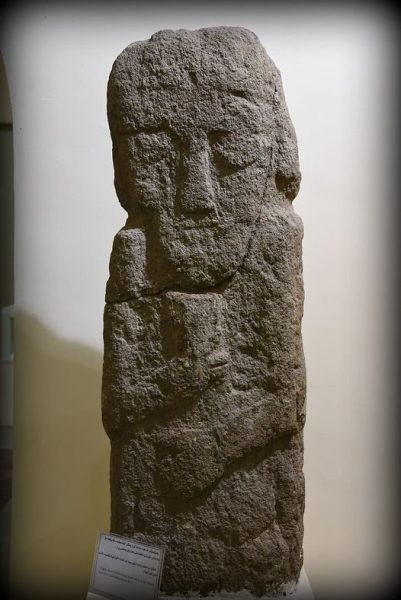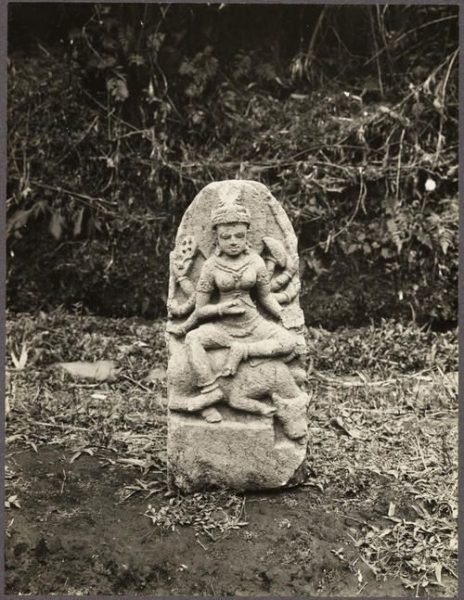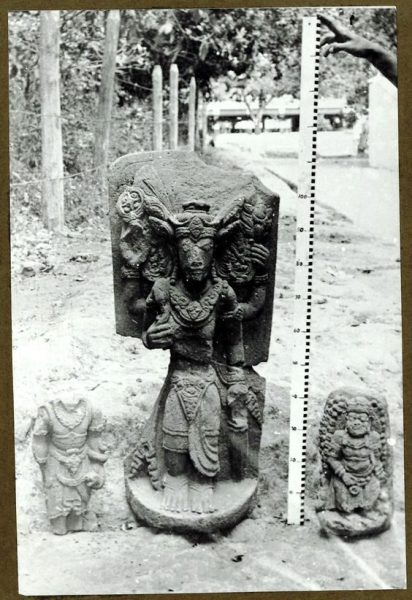
In the heart of Iraqi Kurdistan, the Erbil Civilization Museum holds a treasure that transcends time – a sandstone statue that once graced the ancient Urartian city of Musasir. Steeped in history and shrouded in the enigmatic aura of Urartu, this artifact invites us to delve into the spiritual and cultural tapestry of a civilization that flourished in the 9th and 8th centuries BCE. In this article, we unravel the mysteries surrounding the sandstone statue, exploring its origin, the significance of Musasir, and the cultural resonance that echoes through the corridors of Erbil’s museum.
The Urartian Enigma
The sandstone statue, now housed in the Erbil Civilization Museum, is a poignant relic of the Urartian civilization. Urartu, also known as the Kingdom of Urartu, was an Iron Age kingdom that thrived in the Armenian Highlands, encompassing parts of modern-day Turkey, Armenia, and Iran. The city of Musasir, or Ardini in Urartian, held a special place in the kingdom as both a political and spiritual center.
The Origins of Musasir
Musasir, attested in Assyrian sources from the 9th and 8th centuries BCE, stands as a testament to the grandeur of Urartian architecture and culture. As an ancient city, it played a pivotal role in the political and religious landscape of Urartu. The Assyrian inscriptions describe Musasir as a city nestled in a mountainous region, known for its temples and the worship of deities.
The Sandstone Statue: A Glimpse into the Divine

The sandstone statue discovered in Musasir is a remarkable testament to the artistic and spiritual achievements of the Urartians. The craftsmanship exhibited in the statue suggests a deep reverence for both the human form and the divine. Whether depicting a man or a deity, the statue captures the essence of the religious beliefs that permeated the ancient city.
Archaeological Significance
The presence of the sandstone statue in the Erbil Civilization Museum is the result of meticulous archaeological efforts. As archaeologists unearthed Musasir, they uncovered a trove of artifacts, providing valuable insights into the religious practices, daily life, and societal structures of the Urartian civilization. The sandstone statue, with its intricate details and symbolic significance, has become a focal point for understanding the spiritual dimensions of Musasir.
The Erbil Civilization Museum: Guardian of History
The Erbil Civilization Museum stands as a guardian of Iraq’s rich historical legacy. As a repository of artifacts from various civilizations, including the Urartians, the museum provides a curated journey through time. The sandstone statue from Musasir takes its place among the museum’s treasures, offering visitors a tangible connection to the mysteries of Urartu.
Preserving and Interpreting History
The conservation of the sandstone statue is an ongoing endeavor, ensuring that future generations can continue to unravel the secrets of Musasir. The Erbil Civilization Museum, with its commitment to education and cultural preservation, plays a vital role in interpreting the history of ancient civilizations for a global audience.

Conclusion
The sandstone statue from the Urartian city of Musasir invites us to peer into the spiritual and cultural world of a civilization that left an indelible mark on the tapestry of human history. As it stands tall in the Erbil Civilization Museum, this artifact serves as a bridge between the past and the present, allowing us to reflect on the mysteries, beliefs, and artistic achievements of the Urartian people. Through continued archaeological exploration and cultural preservation, we can hope to uncover more about Musasir and the enigmatic sandstone statue that whispers tales of an ancient civilization lost in time.





